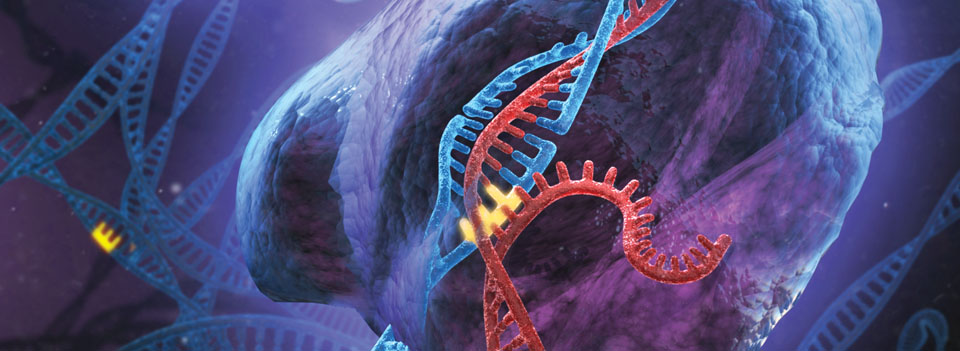
China Attempts First GMO Humans
It finally happened. Chinese researchers went ahead and used CRISPR to modify the genome of human embryos, specifically the gene responsible for β-thalassaemia, a potentially fatal blood disorder. The embryos used were actually non-viable and could not be implanted and result in a live birth, as they had an extra set of chromosomes. They do however undergo the first stages of development, which was all the scientists needed.
During the experiment, the team injected 86 embryos and waited enough time for them to grow to about eight cells each. Only a fraction of those were successful and contained the replacement genetic material. The team also found an unexpectedly high number of off-target mutations that were likely introduced by CRISPR, highlighting one of the major safety concerns surrounding germline gene editing.

A History of CRISPR and Ethical Restrictions
CRISPR-Cas9 is a revolutionary gene editing technology that gives scientists the ability to easily alter the genome of living cells and animals. The technology could let scientists correct DNA letters in a human embryo or egg cell to create children free of certain disease-causing genes, or perhaps with improved genetics.
Many countries already ban “germ line” engineering completely on ethical or safety grounds, whereas others have strict regulations that would specifically delay the creation of gene edited children. Countries like China however have no current restrictions at all, and scientists speculated it was only a matter of time until experiments on human embryos were conducted.
The Birth of Designer Babies
While many notable scientists, including two Nobel Prize winners have proposed a self-imposed moratorium on future research, further experimentation is not likely to be halted in unregulated countries such as China. Despite the ethical and moral questions, the team has stated that they will continue researching and experimenting with human embryos and work out how to decrease off target mutations. At least four other groups in China are supposedly working on similar experiments. Once the technique is effectively tested on human embryos, only regulation will hinder the era of designer babies.
Sources